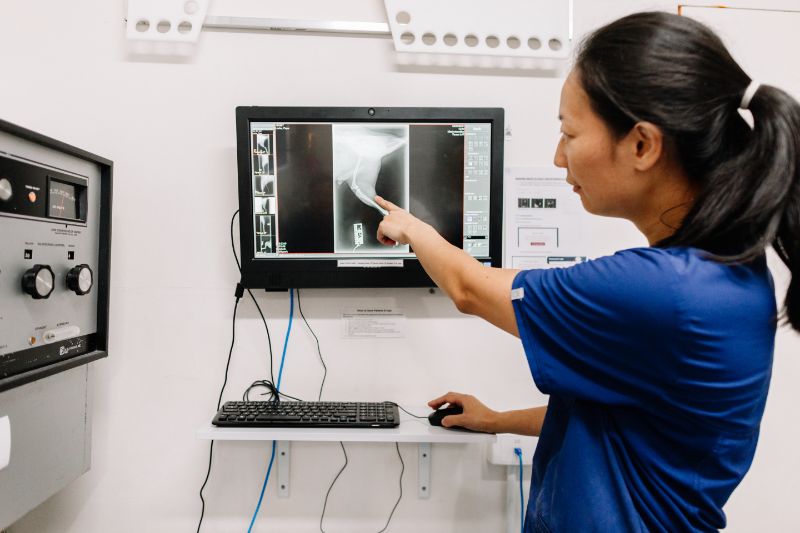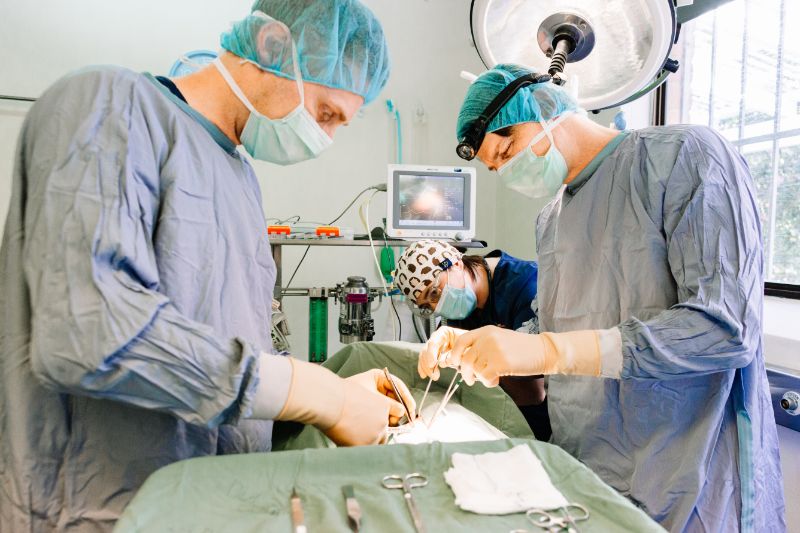Complete Care for your Dachshund
We’ll help your suasage get the most out of life!
Dachshunds are considered a chondrodystrophic breed, like Basset hounds and Corgis. Chondrodystrophy literally means is the abnormal development of cartilage.
In the legs, this abnormal cartilage causes the growth plates in the long bones of the body to grow at an abnormal rate and results in shortened legs, with a greater angle than normal. This can affect both the front legs, causing elbow dysplasia, or the back legs causing hip dysplasia or luxating patellas.
In the spine, it can cause weakness of the discs that sit and provide cushioning between each of the bones, or vertebrae of the spine. This can lead to Intervertebral Disk Disease (IVDD) that will always require immediate veterinary attention.
We’re always here to help!
Angular Limb Deformities
Due to the bowing in the front legs of Dachshunds, they can be very prone to angular limb deformities that can causes a painful lameness that affects them throughout their life. For that reason, picking up and treating this condition in growing puppies is important and we’re here to help you on that journey.
Intervertebral Disk Disease
Intervertebral Disc Disease occurs in 25% of all Dachshunds at some point in their life. This is due to a weakness in the cartilage of the disc that sits between their spinal segments (called vertebrae). IVDD in Dachshunds causes a very sudden onset pain, difficulty walking and in severe cases a complete paralysis of one or multiple legs. Veterinary attention is always required for IVDD.
Hip and Stifle Surgery
Due to the bowing of their back legs, Dachshunds can be prone to patella luxations (slipping kneecaps). We are adept at picking up this condition on routine examination of your Dachshund and can recommend treatment based on the grade of your pet’s knee issues and can help guide you on that journey.




